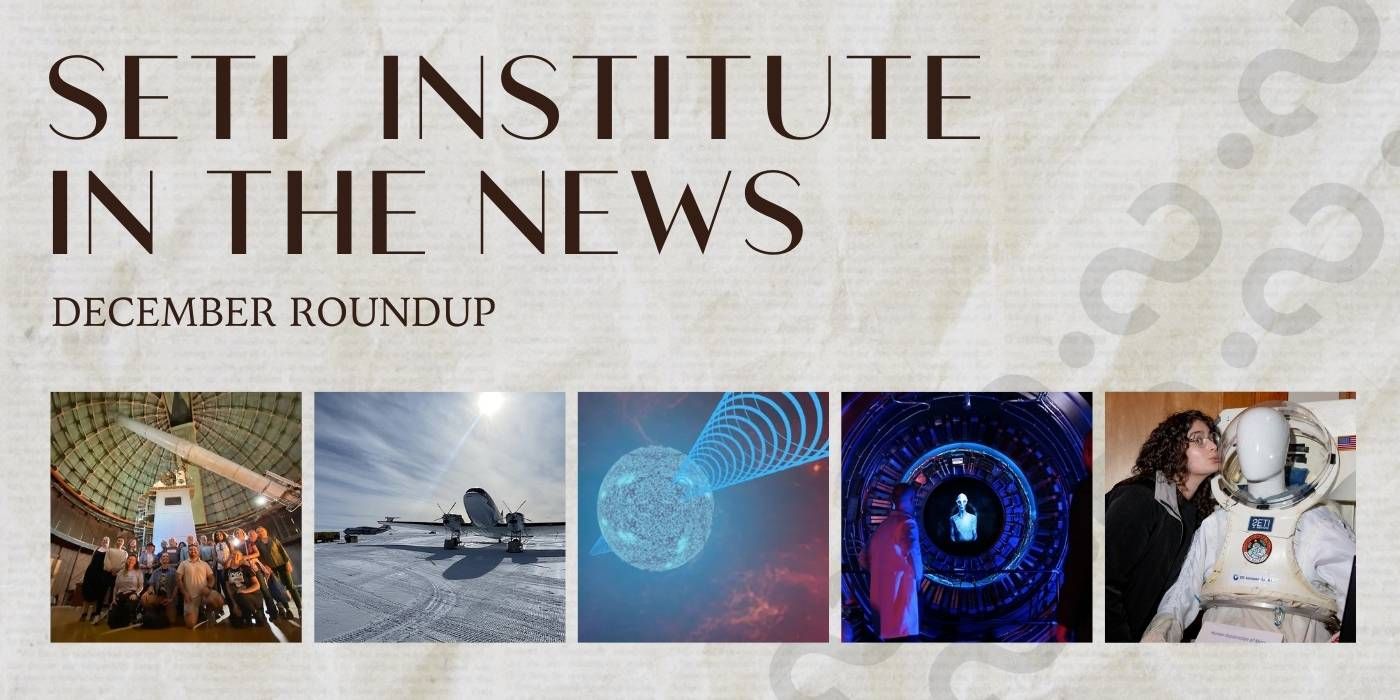
SETI Institute In the News
The SETI Institute is known for its groundbreaking work in the search for alien life and continues to push the boundaries of space exploration.
This month, we highlight our ongoing efforts at the SETI Institute to explore the possibility of alien life. Our initiatives include helping teachers bring space science into classrooms, researching extreme environments like Antarctica, and analyzing data from the Arecibo Observatory to deepen our understanding of the universe.
As we recently celebrated our 40th anniversary, we reflected on big questions about humanity's future and the technology needed to discover extraterrestrial life. Through exciting collaborations, we continue to drive innovative approaches in the search for life beyond Earth.
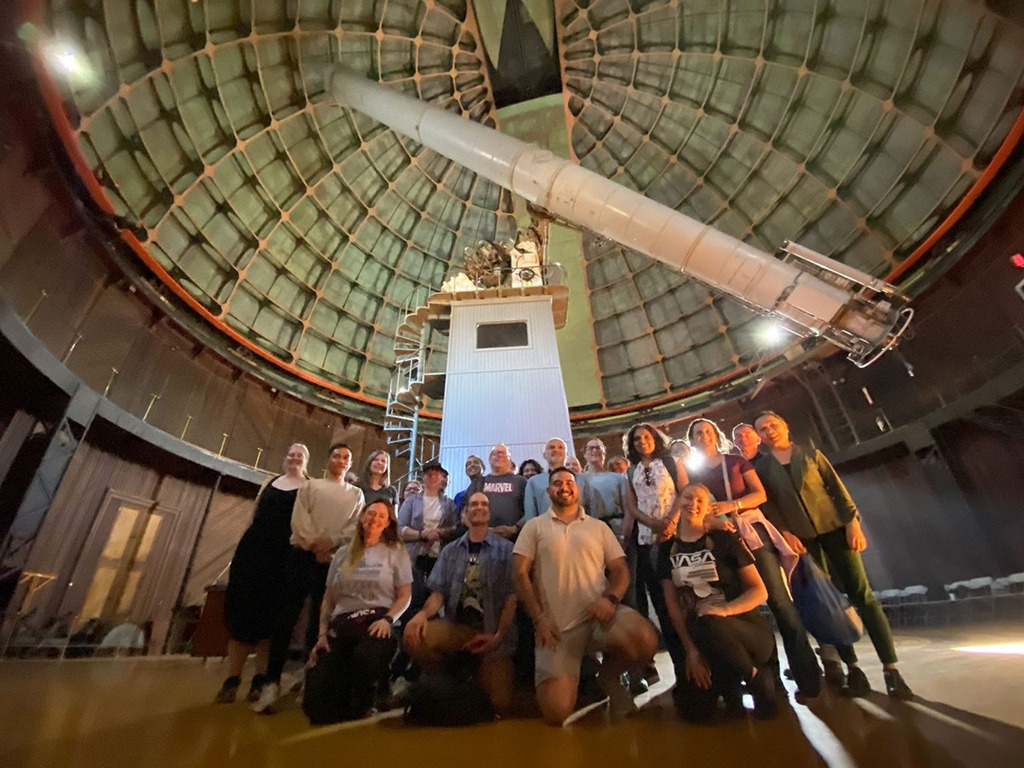
Astronomy Activation Ambassadors: A New Era
Funded by NASA and implemented by the SETI Institute, the Astronomy Activation Ambassadors (AAA) aims to enhance teachers’ ability to engage students in astronomy through personal development. The program offers teachers resources and experiences to enrich their astronomy knowledge, including workshops, webinars, and STEM immersion experiences at observatories like Lick and Keck. At these sites, teachers gain hands-on learning and insights from NASA experts. The Astronomy Activation Ambassadors are part of NASA’s Science Activation Portfolio, which connects experts with community leaders and promotes scientific exploration.
Read full article by NASA here: Astronomy Activation Ambassadors: A New Era
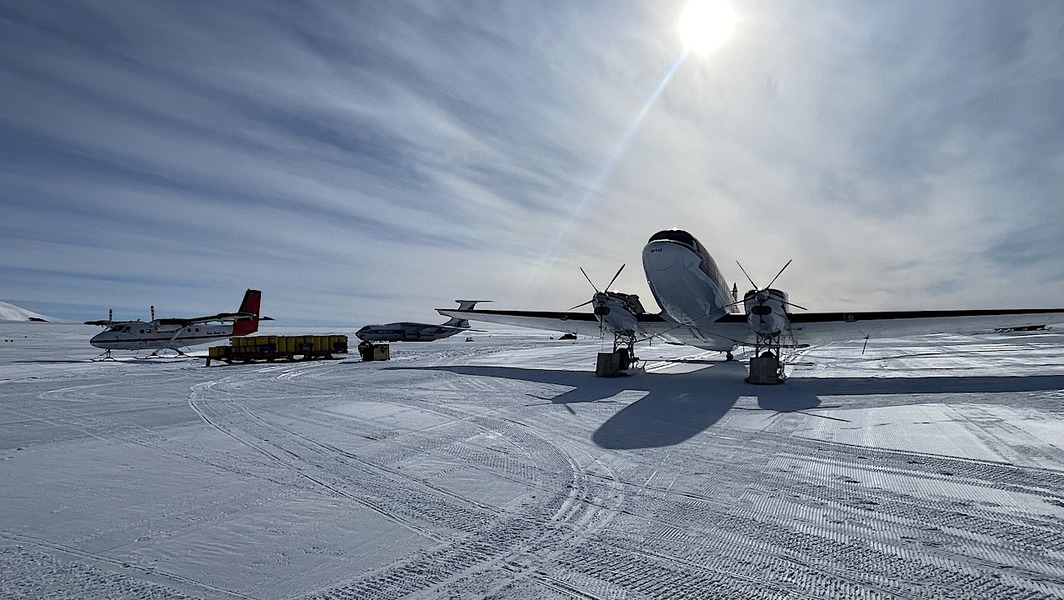
Dale Anderson’s Astrobiology Antarctic Status Report: 14 December 2024: Departing Novo Station
Astrobiologist Dale Andersen and his team concluded another successful field season at Lake Untersee in Antarctica. His research focused on understanding extremophile life in this unique environment, providing valuable insights into the potential for life in other planetary bodies like Enceladus.
Read about Dale’s departure from Novolazarevskaya Station, marking the end of his fieldwork for this season. His research involves studying microbial mats and other life forms thriving in the harsh Antarctic conditions, contributing to our understanding of the limits of life on Earth and beyond.
Read full article by Astrobiology here: Dale Anderson’s Astrobiology Antarctic Status Report: 14 December 2024: Departing Novo Station
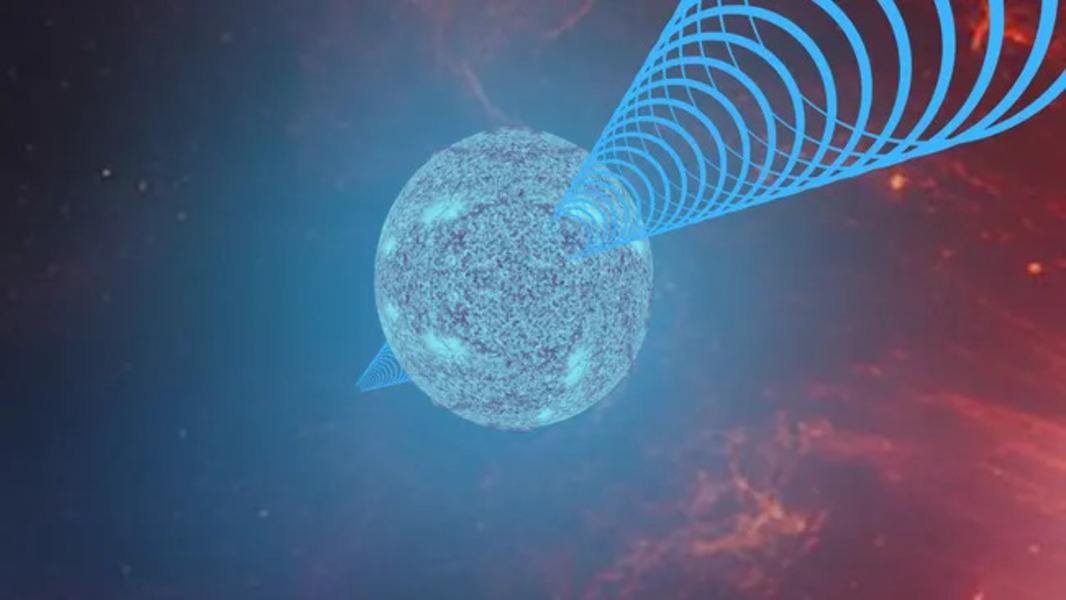
SETI Tracks Distorted Signals From Distant Pulsars With Data From Destroyed Arecibo Observatory
A team led by Sofia Sheikh from the SETI Institute uses data from the now-destroyed Arecibo Observatory. They uncovered new insights into how pulsar signals—radiation beams emitted by rotating neutron stars—become distorted as they travel through space.
Read the full article by Space.com here: SETI tracks distorted signals from distant pulsars with data from destroyed Arecibo Observatory
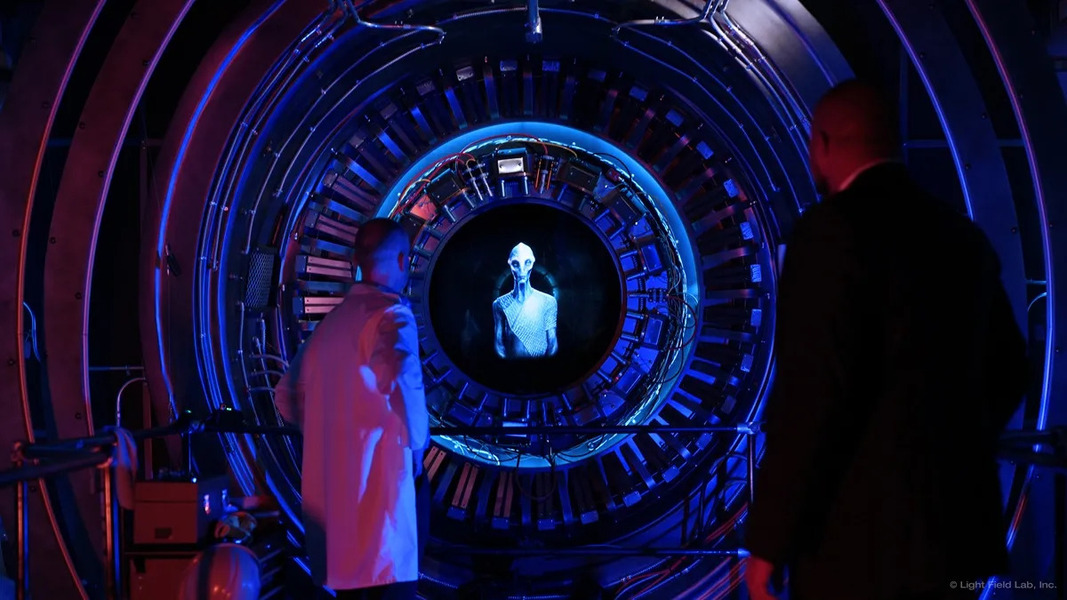
Light Field Lab Launches SolidLight Holographic Imagery Systems
Light Field Lab introduced SolidLight, a new technology that creates super-realistic 3D holograms that seem to float in the air without needing special glasses or headsets. In partnership with the SETI Institute, they showcased a demo featuring an interactive holographic alien.
“The SETI Institute has partnered with Light Field Lab to enable an incredibly immersive experience and launch the company’s extraordinary SolidLight technologies. These are next-level, next-generation displays that are clearly the precursor to Star Trek’s Holodeck,” said Bill Diamond, president and CEO of the SETI Institute.
Read the full article by Venturebeat here: Light Field Lab launches SolidLight holographic imagery systems
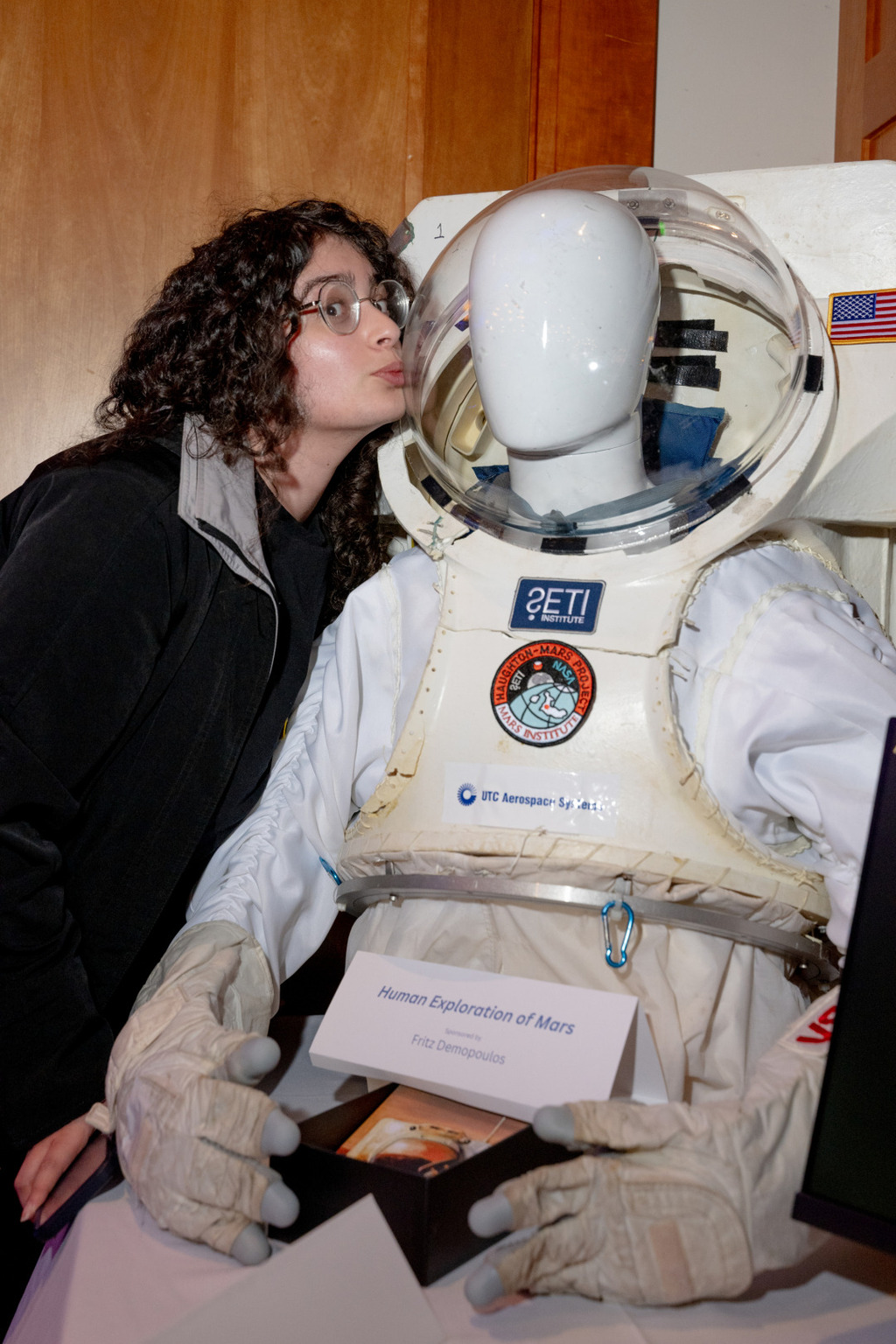
Alien Hunters Invade The Bay
The SETI Institute recently celebrated its 40th anniversary with a special event honoring one of its founders, Jill Tarter. At the celebration, artist Joe Davis presented a barnacle-encrusted glass bottle to Bill Diamond. The bottle contained a message SETI had sent into space from Puerto Rico’s Arecibo telescope.
During the event, Diamond raised an important question about whether humanity can survive long enough to develop the technology to find alien life, given the risk of climate change resetting civilization. Despite challenges, SETI continues its vital work exploring the universe for signs of life.
Read the full article by San Francisco Standard here: Alien hunters invade the Bay





